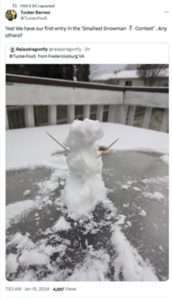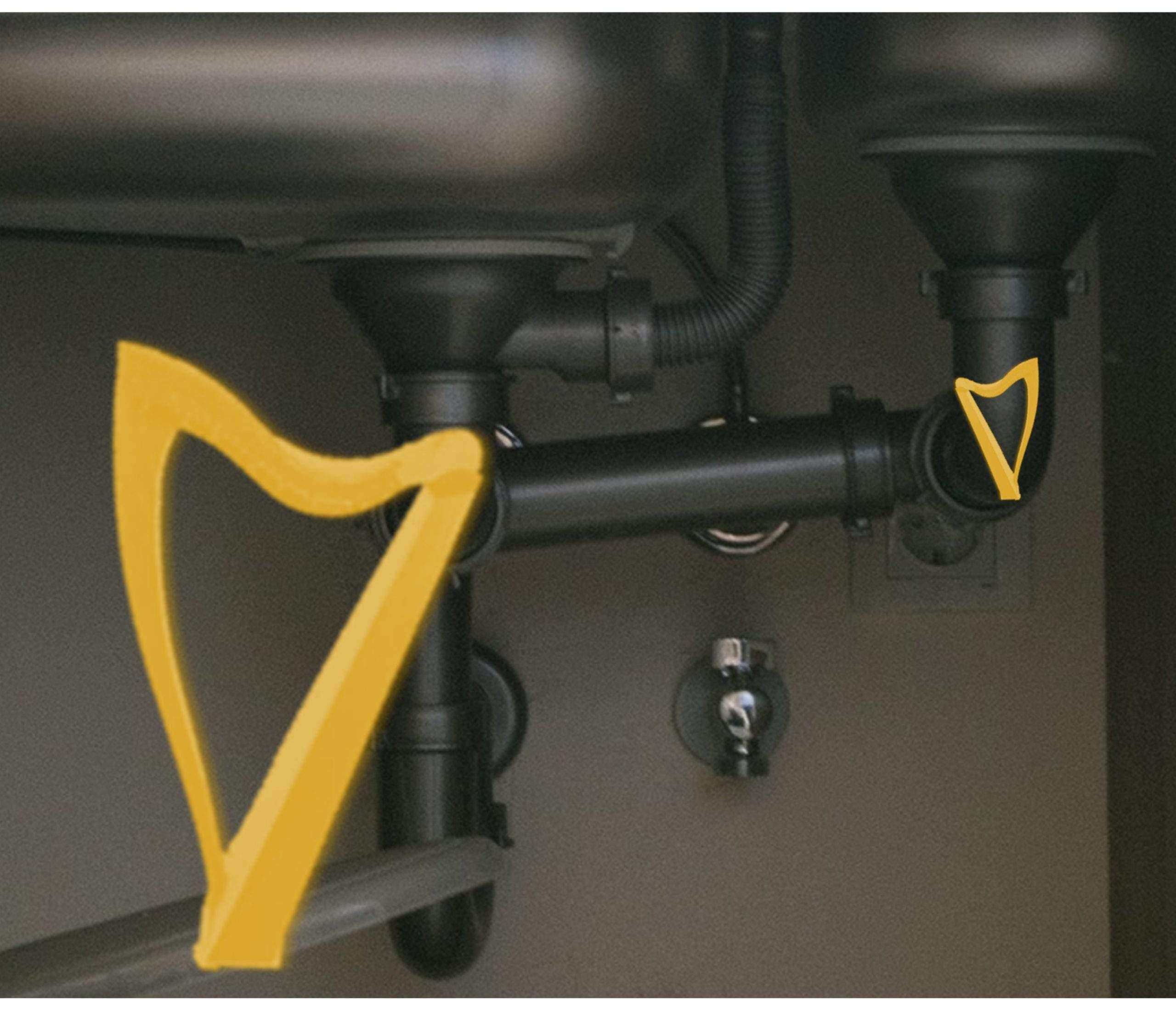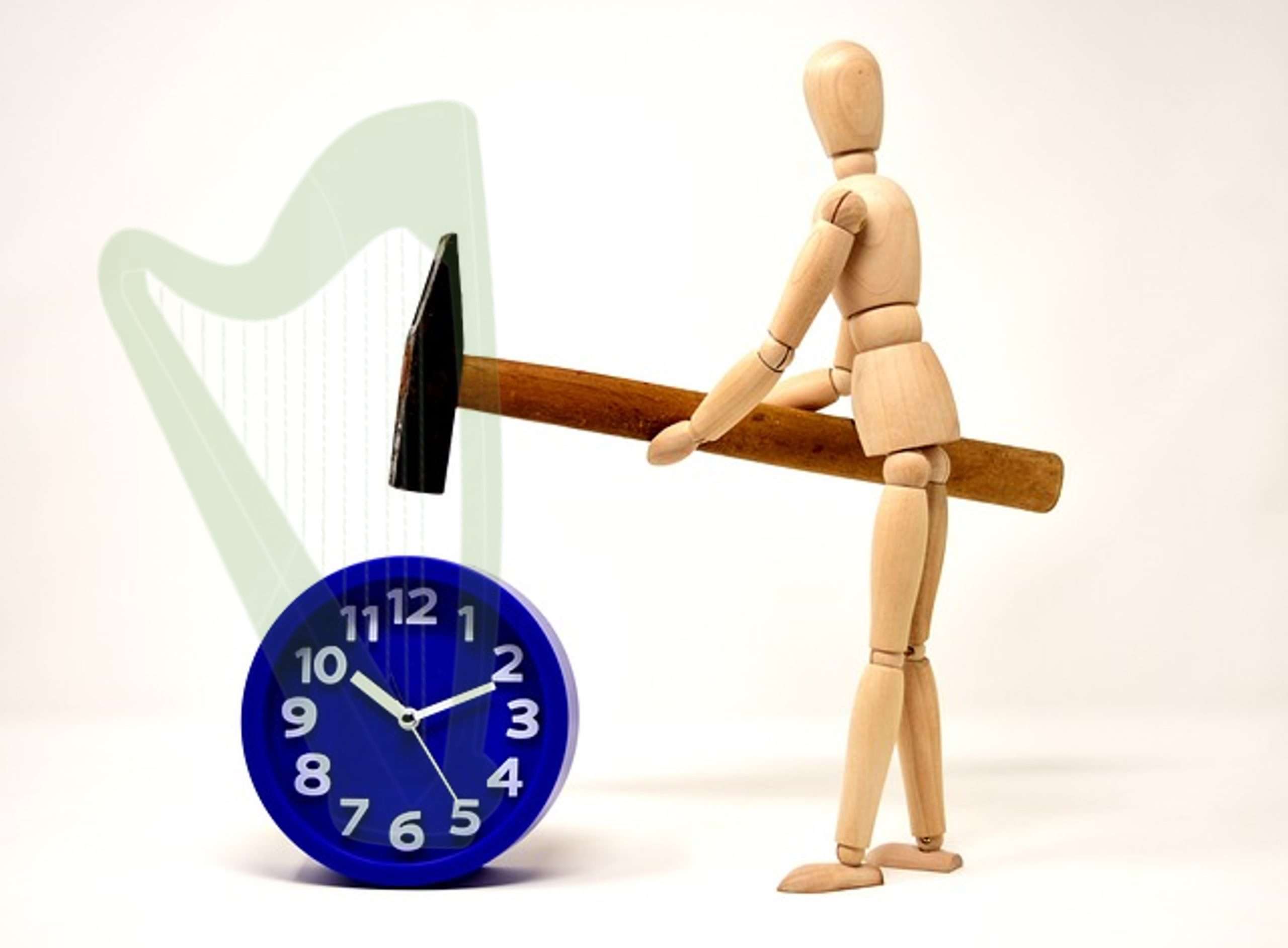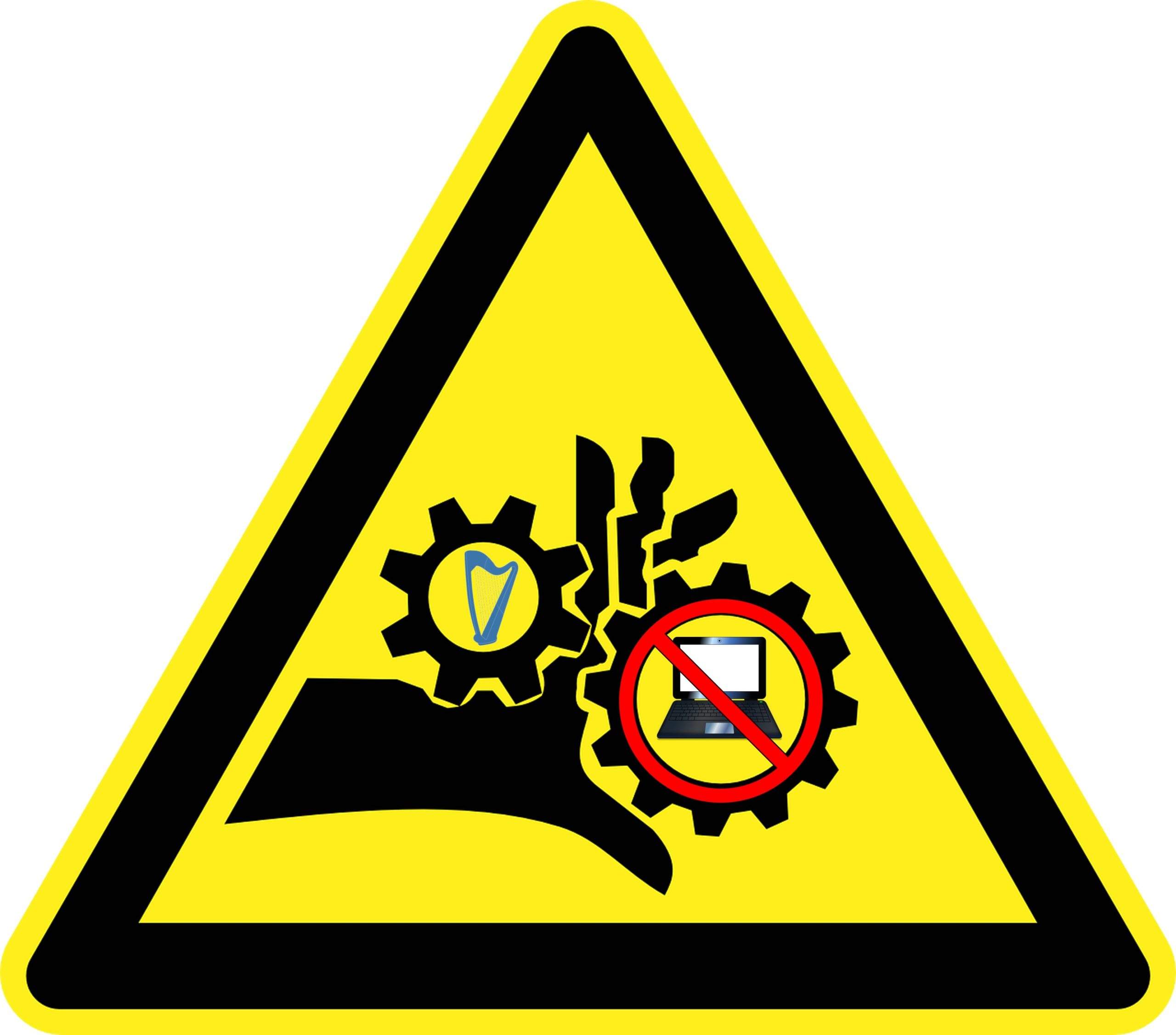Tiny Snowmen
We’re having our first measurable snow today. After a 2-year hiatus, we are having a visible bit of winter. Like so many other things, snow happens whether you love, like, hate, or ignore it.
But one of my favorite things that has come out of our (barely) measurable snow days is the local Small Snowman contest, run by a local meteorologist (not shilling, just sharing).
 It makes me giggle (which I won’t be doing later when I’m tired from shoveling the snow that is still to come!).
It makes me giggle (which I won’t be doing later when I’m tired from shoveling the snow that is still to come!).
What do Small Snowmen have to do with anything? Well, they remind me of other things that I love about this including the attitudes of 1. Make a fuss over small but fun things, and 2. Work with what you have, and 3. Find the beauty and celebrate the small.
Make a fuss over small but fun things – It’s so easy to slide into cynical and to stop valuing the fun things that bring you a mote of joy each day. We focus on what went wrong with our practice rather than rejoicing over the small wins. Whether it’s finally remembering the phrase or nailing the fingering, these are the little successes that move our playing along.
Work with what you have – these tiny victories occur no matter what your level of play. They are really obvious when you start. Each practice you have “aha” moments, more control over your fingers, and a better idea of what’s going on! As you mature as a musician you might feel like these events get fewer and farther between (which likely they are) so instead enjoy your ongoing growth and appreciate that your changes are far more subtle but just as important. You might have to look harder, but enjoy that you now have to look hard for the incremental improvements.
Find the Beauty and Celebrate the Small – sometimes we wedge playing our harps between homework and dishes and dusting and making dinner. That means that we might not necessarily be thinking only about what we’re practicing – but “thinking ahead” to what we have to do next. Don’t. Focus on your practice so that you can find the things that are beautiful. Some of the best compositions or improvisations come from recognizing a “mistake” that is a gorgeous addition (and then building on it)! Be present so you find those and then celebrate. And never minimize those steps you make. Cheer for you!
As you do these things (and put away cynicism) you will get better at identifying and enjoying your successes, no matter how small. And that will give you something else to celebrate!
More later. I’ve got to go make a Small Snowman – quick before we get more snow! How are you celebrating your small achievements? Let me know in the comments!









